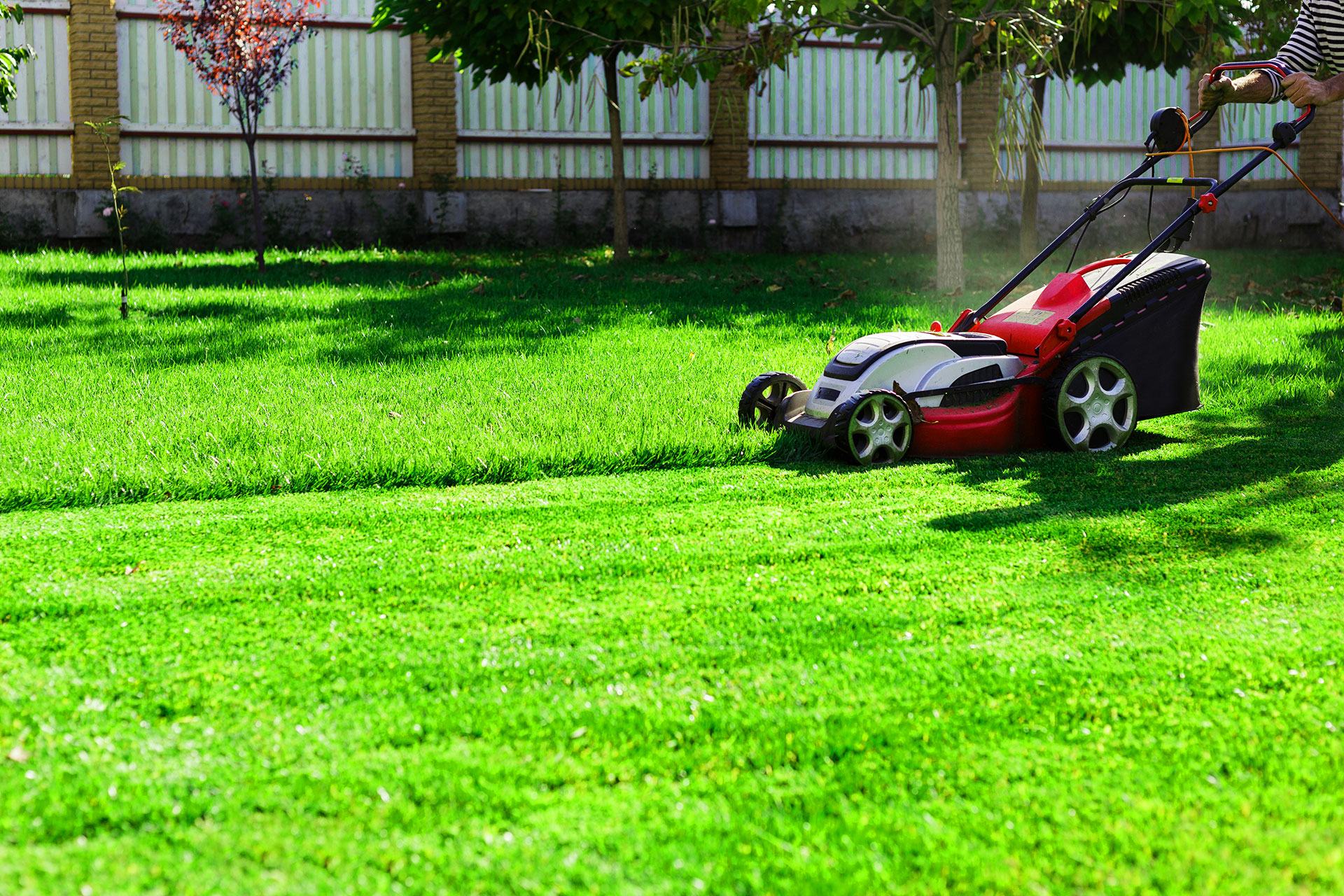Ask ten homeowners about their lawn routine, and most will tell you the same thing: mow regularly, water deeply, throw down some fertilizer, and you’re set. But that’s exactly where most people go wrong. True lawn health isn’t about routine; it’s about rhythm. It’s about timing, balance, and knowing what your grass is actually asking for.
Because what looks green on the surface can be struggling underneath.
Overwatering, The Silent Killer
More lawns drown than dry out. Watering feels like care, but too much of it suffocates roots and encourages shallow growth. Shallow roots mean fragile grass, grass that wilts the moment heat hits.
Here’s the better approach:
- Water less often, but more deeply.
- Early morning watering is best, with less evaporation, fewer fungal risks.
- Watch the soil, not the calendar. If it’s damp two inches down, it’s fine.
Healthy grass thrives on mild stress; it encourages roots to dig deeper and grow stronger.
Fertilizing Without a Plan
Grabbing any fertilizer and spreading it “just because” does more harm than good. Lawns have seasons, and each one demands something different. Too much nitrogen in summer, for instance, can burn grass or overstimulate growth that the soil can’t support.
Soil testing is your secret weapon. It reveals what’s missing, and what’s overdone. Once you know that, you can tailor your feedings to what your lawn actually needs instead of guessing.
Mowing Too Short
It’s tempting to cut grass short to “make it last longer” between mows. But that shortcut leaves roots exposed to heat, sun, and stress. A taller lawn is a stronger lawn. It shades the soil, retains moisture, and prevents weeds from germinating.
The golden rule: never remove more than one-third of the blade at a time. Let it grow just enough to build its own defense system.
Ignoring the Soil Beneath
Lawns are living systems. Beneath every blade is a microscopic world that decides whether your grass thrives or fades. Aeration, compost, and organic matter feed the ecosystem. Chemical-heavy shortcuts may give fast results, but they strip long-term resilience.
If you want a truly lush lawn, feed the soil first. The grass will follow.
The Truth About Lawn Care?
Perfect lawns aren’t created through effort; they’re created through understanding. When you stop fighting nature and start working with it, your lawn rewards you with color, density, and strength that no quick fix can match.
So next time you reach for the hose, mower, or bag of fertilizer, pause. Listen to the soil, watch the grass, and remember: real lawn care starts below the surface.


